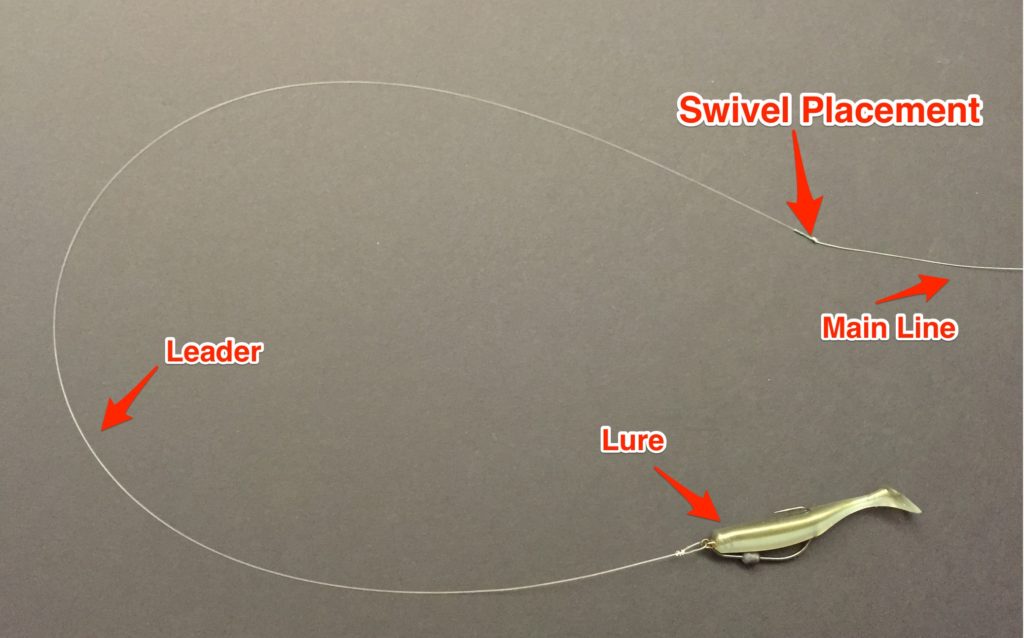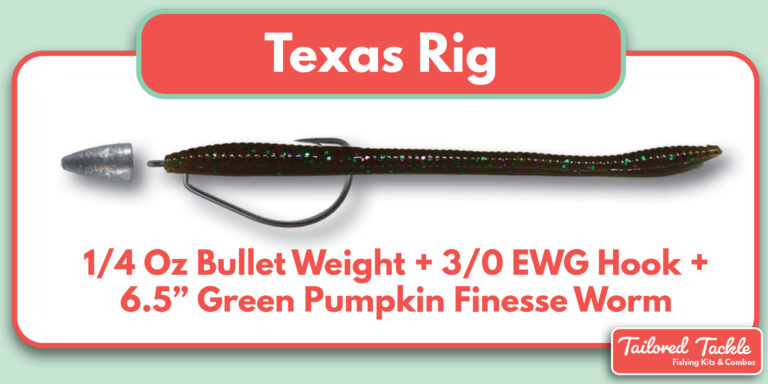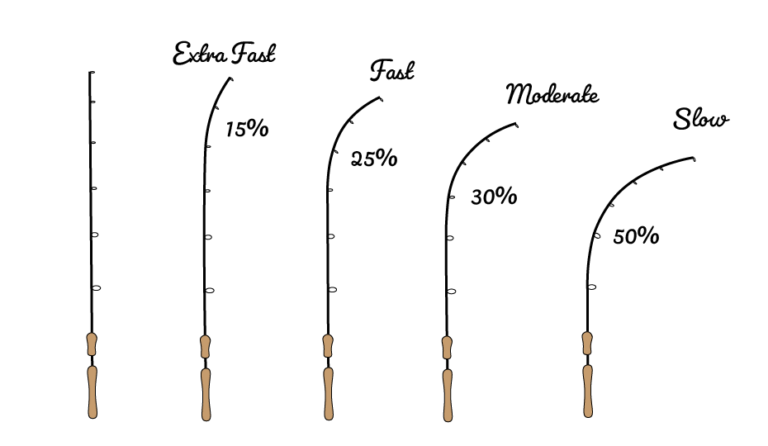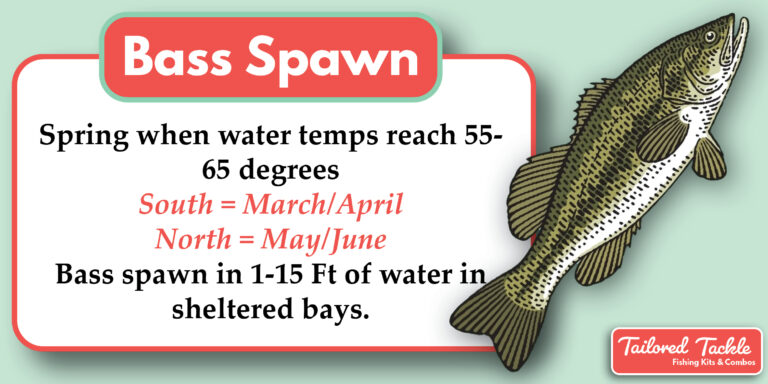How to Use Swivels for Fishing

To use swivels for fishing, simply attach them to your fishing line using the appropriate knot, ensuring they are securely fastened. Swivels are commonly used in fishing to prevent line twist and tangles by allowing the two line sections to rotate independently of each other.
By incorporating swivels into your fishing setup, you can ensure smooth casting and retrieval, reducing the chances of your line getting tangled or twisted. Adding swivels to your fishing line can be a practical and effective way to improve your overall fishing experience.

Credit: www.youtube.com
Introduction To Swivels For Fishing
Swivels for fishing are essential tools that help prevent tangled fishing lines and twists. Using swivels allows the bait or lure to move freely in the water, increasing the chances of catching fish. It is crucial to understand the various types of swivels available, such as snap clips, speed clips, and barrel swivels. When selecting a swivel, choosing the right size and material for your fishing line strength is crucial to ensure durability and effectiveness. Attaching a swivel to the fishing line requires proper knot tying techniques, such as the improved clinch knot or the palomar knot. Professional fishermen often use swivels to streamline their fishing process and maximize their catch rates. In conclusion, mastering the usage of swivels can significantly enhance your fishing experience and success.

Credit: www.wikihow.com
Different Types Of Fishing Swivels
Discover the different types of fishing swivels and learn how to use them effectively for your fishing needs. Swivels are designed to prevent line twisting and provide smooth rotation, allowing for hassle-free casting and retrieval. From barrel swivels to snap swivels, understanding the various options will enhance your fishing experience.
| Different Types of Fishing Swivels | |
| Barrel swivels | A barrel swivel is a popular type of swivel used in fishing. It consists of two rings connected by a barrel-shaped piece. This design allows the fishing line to rotate freely, preventing any twists or tangles. |
| Ball bearing swivels | Ball bearing swivels are high-quality swivels that utilize ball bearings to facilitate smooth rotation. They are particularly useful for heavy-duty fishing, as they can handle greater loads and provide enhanced durability. |
| Snap swivels | Snap swivels are convenient and versatile swivels that have a snap or clip attachment. This allows for quick and easy lure changes without the need for retying knots. They are popular among anglers who frequently switch baits. |
| Heavy-duty swivels | Heavy-duty swivels are built to withstand the demands of large game fishing. They are designed with extra strength and durability in mind, making them suitable for handling big fish and intense fishing conditions. |
How To Attach A Swivel To Your Fishing Line
When it comes to attaching a swivel to your fishing line, there are a couple of different knots you can use. One popular option is the improved clinch knot. To tie a swivel using this knot, start by passing the line through the eye of the swivel. Then, twist the line around itself 5-7 times. After that, pass the line through the small loop that you created near the eye of the swivel. Wet the knot with water or saliva and tighten it by pulling the tag end of the line. Another knot that you can use is the Palomar knot. To tie a swivel using this knot, double the line and pass the loop through the eye of the swivel. Then, tie a simple overhand knot using the doubled line. Wet the knot and pull the tag end of the line to tighten it.
When To Use A Swivel In Fishing
Using swivels for fishing is essential to prevent line twists and tangles. Make sure to match the strength of the swivel with your fishing setup to avoid any issues. Additionally, using swivels for bait and lure changes is highly recommended for a smooth fishing experience.
Pros And Cons Of Using Swivels
| Pros and Cons of Using Swivels |
Advantages of using swivels:
- Prevents line twisting during casting and retrieval
- Allows independent rotation of line sections
- Prevents tangles
- Facilitates quick bait changes
- Additional weight and bulkiness in the fishing setup
- May reduce bait or lure action
- Can be noisy and scare away fish in certain situations
- When targeting fish species that are more sensitive to noise or line visibility
- When using finesse techniques that require minimal tackle
- When using lightweight lures or baits that can be affected by swivel weight

Credit: www.saltstrong.com
Frequently Asked Questions For How To Use Swivels For Fishing
When Should I Use A Swivel When Fishing?
You should use a swivel when fishing to prevent line twisting and tangles caused by bait or lure movement. Swivels allow line sections to rotate independently, enabling smooth casting and retrieval. When using larger lures or fishing for species like bass, a snap swivel can be beneficial.
Why Do Fishermen Use Swivels?
Fishermen use swivels to prevent tangling and twisting of fishing line. Swivels allow line sections to rotate independently, avoiding unwanted knots during casting and retrieval.
How Do You Attach A Swivel To A Fishing Line?
To attach a swivel to a fishing line, tie an improved clinch knot or a Palomar knot. These knots secure the swivel and prevent line twists. Snap swivels are also an option for quick bait changes. Remember, using a swivel allows line sections to rotate independently and prevents tangling.
Do Pro Fishermen Use Swivels?
Yes, professional fishermen often use swivels to prevent line twisting and tangling during casting and retrieval.
Conclusion
Using swivels for fishing offers many benefits, including preventing line twist and tangles. By understanding the different types of swivels and when to use them, anglers can improve their fishing experience and catch more fish. Whether it’s for connecting leaders, lures, or bait, swivels are a valuable tool for any angler’s tackle box.





